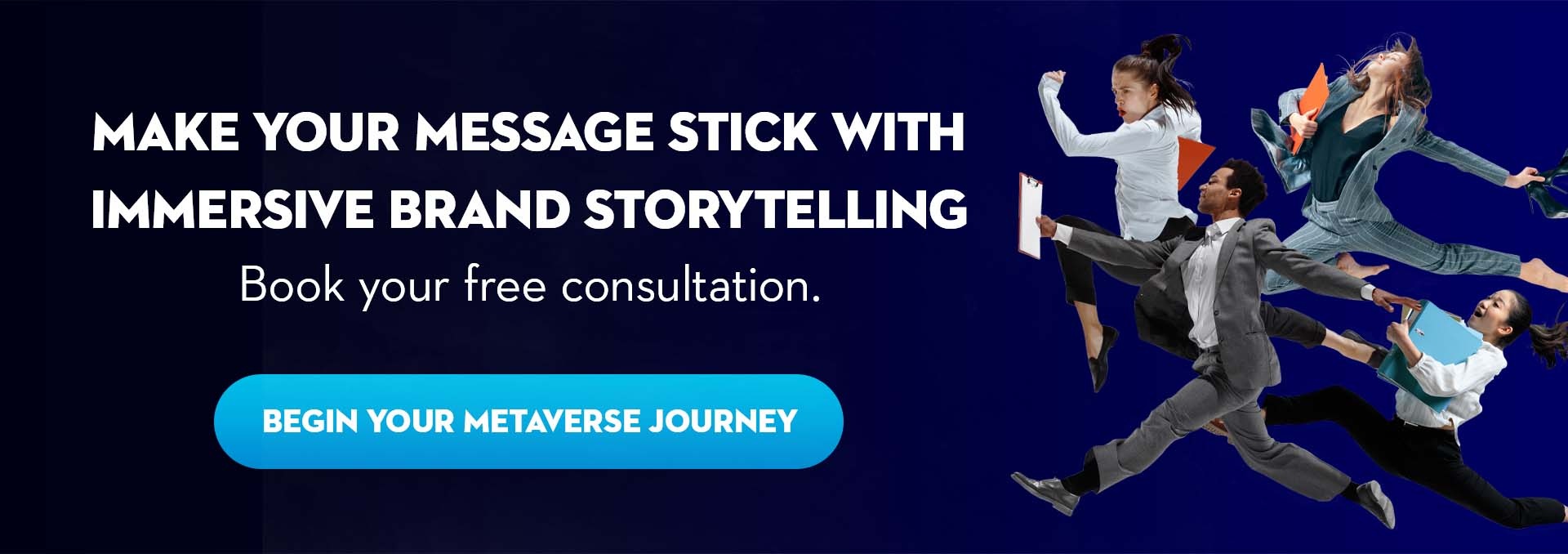Augmented reality (AR) enables us to utilize our surroundings better. We can visualize ideas that are difficult to understand and hear sounds that have drowned under all the noise. We can even smell, taste, and feel things that might not physically be near us.
For the AR content to become genuinely immersive, we need to engage all of our senses. A virtual experience doesn't feel real if it only teases, for example, our vision.
For an immersive experience to catch us, we need something more than our bodies' obvious extension, the smartphone. While smartphones are a great tool to access AR content, since they are with us at all times, they don't allow that wholly smooth and frictionless experience AR can deliver.
Luckily, there are a lot of AR wearables that can give us a more natural feeling of immersion. Things that we can attach to our bodies to see, hear, and feel the digital enhancements around us.
Enhance your eyesight with AR glasses
Visual enhancement is maybe the easiest one to wrap our heads around of the immersing devices pack. AR enthusiasts keep their eyes on industry giants like Facebook and Apple: who will be the first to bring a mass-adopted AR glasses model to the market? Once one is released, the adoption of immersive technologies and applications will explode.
There is already a wide selection of AR, MR (mixed reality), and smart glasses out there. Depending on the model, manufacturer, and purpose, they offer various functions: feedback on sports performance, manufacturing, warehousing, and medical assistance, email, calendar, and social notifications, playlist controls, etc.
Some life-bettering use cases AR glasses can offer include, in my opinion: visual navigation to the travel destination, transport, and lost items, and pop-ups for restaurants, shops, etc., in strange cities. These all would make my life so much easier.
And, of course, imagine the in-the-moment content and experiences you could consume without searching your pockets for your phone and downloading and installing an app.

Visual AR experience should be frictionless and the content's placement natural. For that, AR devices need to know where we're looking at and where our limbs are. Some AR glasses feature eye and motion tracking, but there are other solutions as well.
Interact with the digital with your hands
Smartwatches and activity bracelets track the user's actions and body's functions and notify whatever the user has set it to; calls, calendar events, social media updates, etc. However, they can do a lot more.
For you to pinch, tap, and move the digital content in your field of vision, it needs to know where your hands and fingers are. For this, you can get a wristband or a ring.
Motion tracking devices that attach to your hands allow you to interact and control the digital content without clumsy controllers. No wires, buttons, or pressing formations to remember; just intuitive and free movement.
Wristbands and rings enable the XR experience to feel more like an experience in the real world with micro gestures and motions. They also provide you feedback from your interactions through vibration, so you know whether your communication skills are effective or not.

In addition to wristbands and rings, haptic feedback and gesture control also come in haptic suits. They are more targeted to VR gaming but can add a sense of reality into AR content as well. Like wristbands and rings, haptic suits enable the user to interact with virtual content through vibration. However, as great as haptic suits are for VR, they are not smooth to use in everyday situations. They're more for special-occasion kind of times. At least for now.
Filter the noise and focus on the relevant
Sound is another major thing we associate with reality: certain sounds happen in certain situations, and the source's direction changes as we move.
At the moment, spatial audio applications don't really offer a real benefit. They are cool features that can guide your focus in, for example, a movie or make a song somewhat more dimensional and interesting.
The future, however, will give us devices and applications that improve our daily lives.
For example, Facebook is working on a concept of AR audio they call beamforming. It filters out the ambient background noise and allows only the voice of the person you're looking at to come through. You can also include and exclude people from the conversation as needed.
Another practical use case for AR audio could be a virtual guide. When visiting a strange city, your AR device could track the locations and buildings you're close by and tell you about their functions and history.
And the obvious one: hands-free eyes-up navigation.
Virtual taste and smell
Now to the more out-there applications.
Devices for augmented taste and smell exist but are not ready for mass adoption yet. They are straight-up clumsy - no one wants to be licking a stick or have heavy wiring going up in their noses in public.
However, they are fascinating as a concept! Imagine being a restaurant owner, and you struggle to communicate the true glory of your servings through images. You could use virtual smells and tastes to lure in customers.
Or, if you run a spa, each of your customers could get a unique smellscape instead of the generic one.
We are still quite far away from having legitimately functional applications for virtual smells and tastes, but maybe sometime in the future!
Immersive technology is here to make our lives better: everyday items can offer more than just their original purpose, delightful experiences are waiting all around us, and interacting with the virtual is frictionless and straightforward.
Our future is virtual, but we need to make it feel more natural to adapt to it. With different devices attached to our bodies, we can utilize the virtual to improve our physical; and the other way round.

Read next: What is augmented reality?


